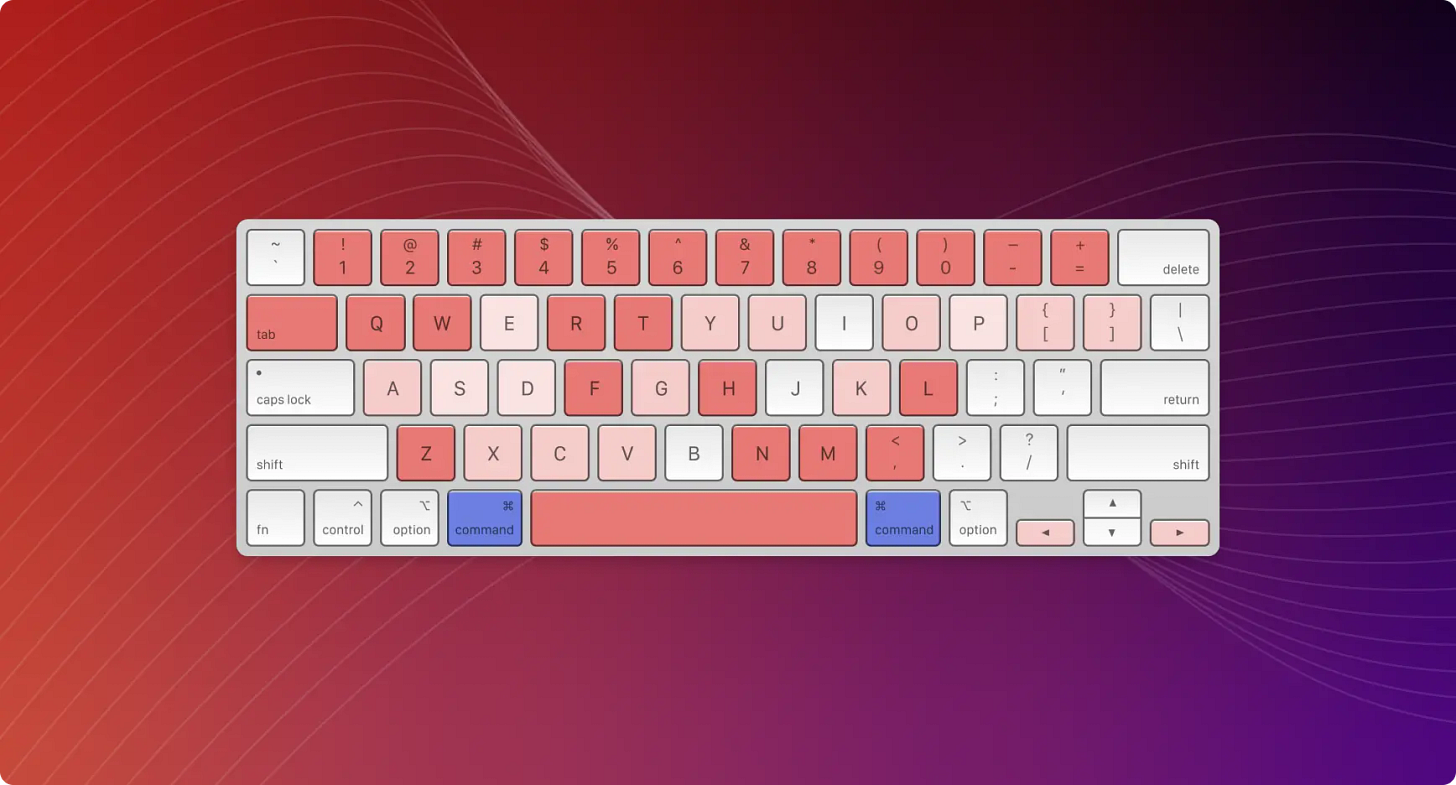Issue 63
Design as continuous copying
Hello, dear readers! 👋
In this issue, among other things:
How information architecture can reduce the cost of interaction
Why design and copying are permanently connected
How to design good shortcuts
Super-talented data visualizations
Collection of Japanese dairy packaging
300k of free icons
Video essay about alien life
A project that collects critical opinions and forecasts from the past about tech
Enjoy reading!
🗞 News and articles
Create a Color Scheme Around Any Color in 8 Easy Steps
Alexis Wright wrote about how to create a color scheme using the HSL color model and a simple mathematical pattern.
Steps to create a palette:
Choose the color that will be the main one and create 10 copies
In the HLS color model, change the value of "L" in increments of 10 or any other number. You will get a monochrome set of shades
Create copies of your monochrome scale and change the value of "H" to get additional colors. For example, add 30, 120, 150, 180, 210, 240 or 300
Choose the colors that best suit your design. For example, dark for background and light for text
The Principles of Dark UI Design
The principles are accompanied by detailed explanations and examples. The differences between dark and light themes, contrast features, working with color, negative space and typography are described. Depth transfer is also considered.
The Martian Design Sprint: starting and running projects faster
The designer, manager and editor of "Evil Martians" spoke in detail about their adaptation of the methodology of design sprints. They told about the stages of work and showed what artifacts are produced in the process.
Interaction design is more than just user flows and clicks
A very succinct article by Richard Young about the work of an interface designer in the context of interaction design (IxD). A minimum of water, a maximum of practical advice.
The key idea is that the information architecture of the product should reduce the cost of interaction. This cost consists of physical effort (clicks, clicks) and mental costs (attention and memory). The designer should look for ways to minimize the cost of interaction, starting with the key scenarios that are important for most users of the product.
To find ways to reduce mental and physical costs, Richard suggests relying on the heuristic laws of interaction known to us: Fitts, Tesler, Miller and othersю
Here are the aspects of interaction design in which friction and the increase in the cost of interaction most often occur:
Large amounts of text and scrolling
When a person searches for information relevant to their task on the screen
Understanding the information received
Physical data entry
Waiting for applications and content to load
Attention Switches
Loading memory
Copying is the way design works
Matthew Strom wrote about copying other people's ideas and developments in design and why borrowing and design are inextricably linked.
He writes about what makes a product original and what is the real difference between the original source and a copy, about inspiration from other people's works, the emergence of free software and why great artists steal, and also gives examples of products from well-known companies that borrowed from little-known competitors.
⚡️ Briefly
How to design great keyboard shortcuts. Tips on the design of good shorts — those that are easy to find, memorable and do not conflict with the environment.
🧘 Inspiration
The modern identity of the Habit coffee chain with charismatic accidental typography, a soft palette of colors and laconic layout.
Keep reading with a 7-day free trial
Subscribe to bezier.design to keep reading this post and get 7 days of free access to the full post archives.










